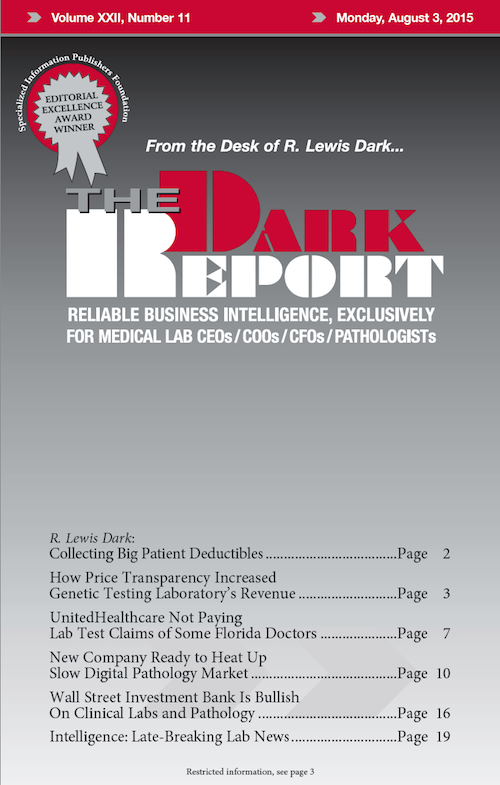IN THE 2000S, DIGITAL PATHOLOGY WAS THE HOT NEW TECHNOLOGY that held great potential to transform anatomic pathology in myriad ways, not the least of which was an essential tool to streamline pathologist workflow while supporting greater diagnostic precision. Yet today, approximately 10 years later, those high hopes for the digital pathology market have not …
New company ready to heat up slow digital pathology market Read More »
To access this post, you must purchase The Dark Report.


